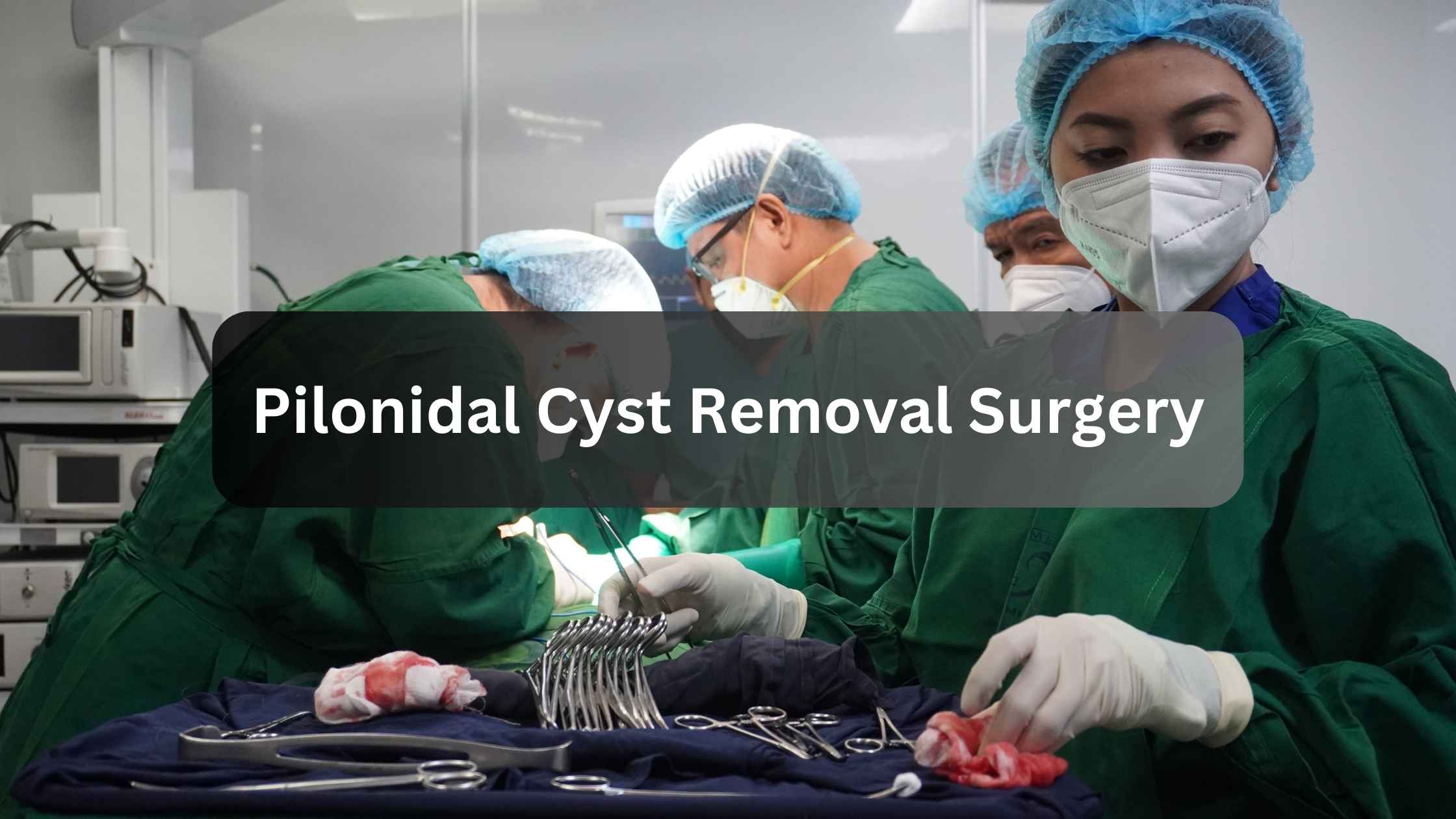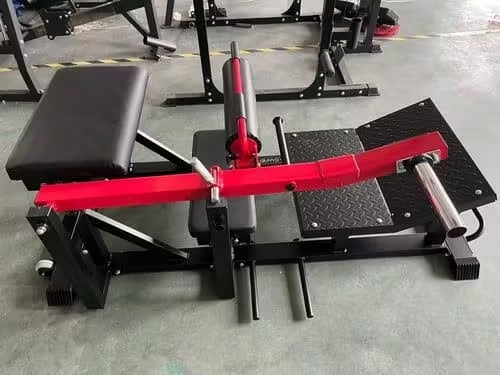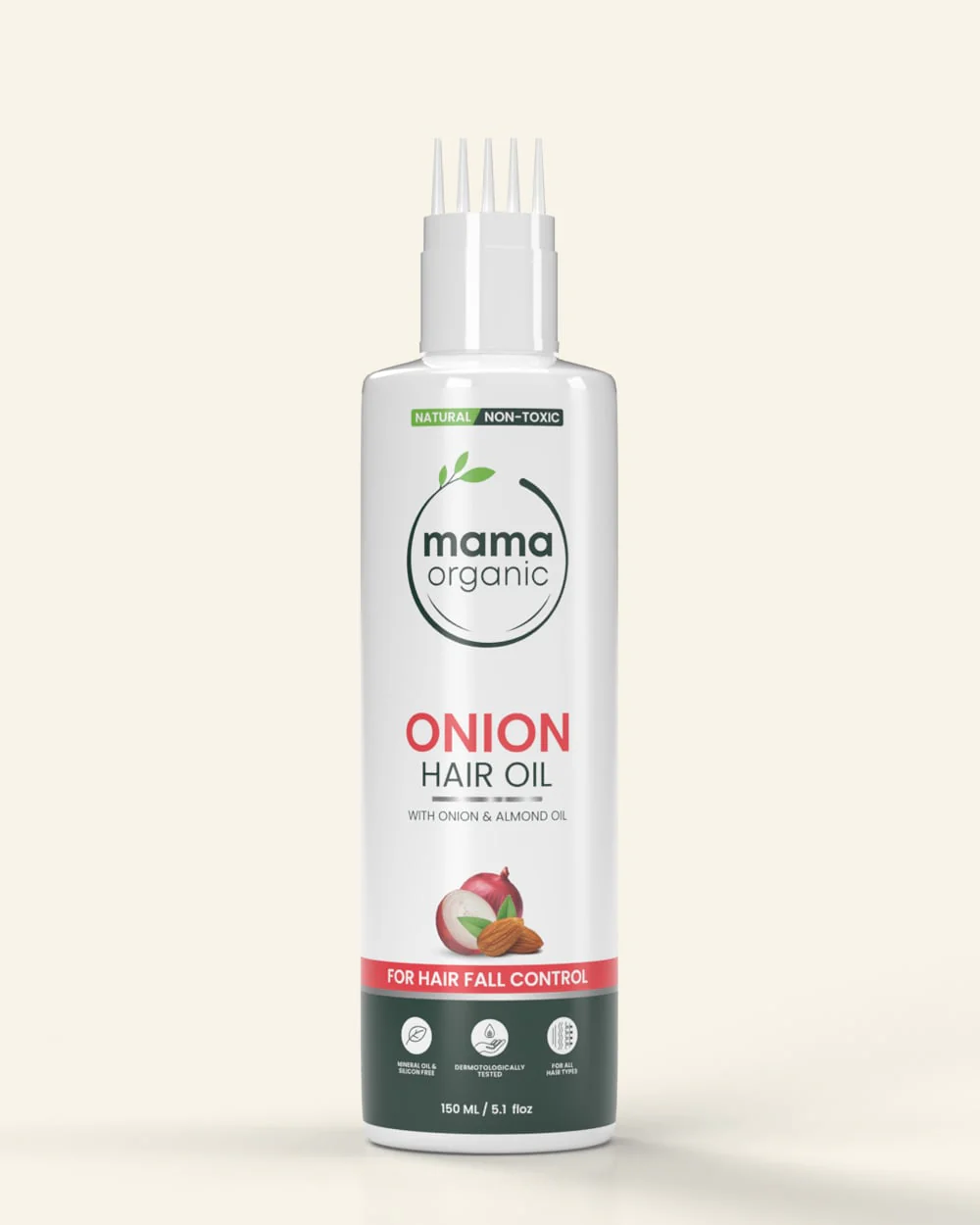“For chronic and frequently recurring pilonidal cysts, one needs to look at a more aggressive treatment plan. Removal of the entire affected and infected skin tissue area is seen as the only way to reduce the risk of a future relapse.”
At the Beverly Hills clinic of Dr. Allen Kamrava, MD, MBA, one is certainly advised the most appropriate treatment method for their individual case. From antibiotics and pit picking to more aggressive pilonidal cyst removal surgery of unhealthy tissue, the recommended treatment plan looks at improving outcomes.
The surgical excision of the pilonidal cyst is necessary in most cases. The effective surgery for pilonidal cyst is the one that removes all of the unhealthy tissue. Let’s understand why a more extensive and invasive pilonidal cyst removal surgery of unhealthy tissue is the best treatment for long-term relief:

The Start Of A Pilonidal Cyst
The pilonidal cyst starts as a small pimple-like growth. It is without any symptoms and thus invariably goes unnoticed. But slowly the pain and discomfort begins to set in. The cyst that started in a hair follicle begins to spread to surrounding tissue and extends into the sinus tract. It gets filled with pus, hair and skin debris.
The pilonidal cyst antibiotic treatment is the first-line-of-action. However, one-third of the cases resurface again. Each time with more aggressive symptoms. This calls for a removal of unhealthy tissue to increase the chances of long-term relief.
What Is Unhealthy Tissue?
A hair follicle is the starting point of a pilonidal cyst. The hair shaft that otherwise grows outside of the skin, in this case gets trapped within the follicle. Unhealthy lifestyle habits, poor hygiene, prolonged pressure on the area, these aggravate the condition and make the cyst infected. In case of chronic cysts, the infection will be deeper and more widespread. There are some characteristic features of infected and unhealthy skin tissue. These are:
1. Redness, swelling and inflammation – As infection sets in, the skin around the pilonidal cyst becomes red, and painful. The area feels tender and there is visible swelling.
2. Pus accumulation – The dead cells and the growth of bacteria thereon leads to the formation of pus in the cyst. This makes the infected area extremely painful. Pressure on the area while sitting and walking aggravates the pain and discomfort.
3. Discharge – Pus is a yellowish, fluid-like accumulation. It has a bad smell. If the cyst ruptures, the pus is discharged. It can be along with blood.
Removing Unhealthy Skin Tissue
The only way to control the spread of infection in a pilonidal cyst and look for long-term relief is to remove the affected portion. The key advantages that a colorectal surgeon looks at through a pilonidal cyst treatment are:
1. Proper Healing – Even if a small portion of the infected cyst is left behind, it will grow again. So the surgeon will take utmost care to remove the entire area of the infected skin tissue. After removal, the area is sterilized. With no infection, the wound is likely to heal more quickly and properly.
2. Reduces Recurrence Risk– The chronic infections are the most difficult to treat. However, with proper removal of the infected and unhealthy skin, one can safely reduce the frequency of recurrence. This prevents the infection from becoming chronic.
3. Improves Condition Outcomes – Chronic pilonidal cysts are extremely difficult to bear with. They are uncomfortable and challenging. Once the cyst ceases to exist after a complete removal, chances of quick and long-term recovery are high.

Types Of Surgery For Pilonidal Cyst
Surgery for pilonidal cyst can be concentrated to the cyst spot or be very invasive. The size and severity of the cyst are the key parameters that are taken into consideration. The options are:
1. Excision – This is the primary form of pilonidal cyst removal surgery. All of the area of the cyst and the surrounding unhealthy skin tissue will be removed. The cyst is drained and the wound cavity is prepared. The surgeon may now decide to leave the wound open or close it with sutures. Both open and close wound surgeries have advantages and disadvantages. The decision is case-specific. The post-operative care and guidelines are also different for each surgery type.
2. Rhomboid Flap Surgery – This is the most aggressive and an invasive surgery. It is for chronic pilonidal cysts. After the excision of the cyst, the wound cavity is not left hollow. A healthy portion of the skin is grafted into the cavity. The healthy skin tissue is picked up from another part of the body. The wound area is neatly stitched. It is important to follow the instructions carefully. There should be no tension or pressure on the stitches as they may break open. The healing is the slowest but results are long-term with permanent relief.
The surgeon will make sure that an extensive portion of the skin tissue surrounding the cyst is shaved off. The procedure is painful and use of medicines to control pain and infection are mandatory.
Final Thoughts
Only a small number of pilonidal cysts will self heal. While a few may get better with non-invasive and conservative treatment plans, the pilonidal cyst removal surgery of unhealthy tissue becomes important for more aggressive and chronic cysts. If you are looking for options for long-term relief from pilonidal cysts, visit Dr. Allen Kamrava, MD, MBA in Beverly Hills. Dr. Kamrava is an expert colorectal surgeon and has helped many find permanent relief from the troublesome condition.




